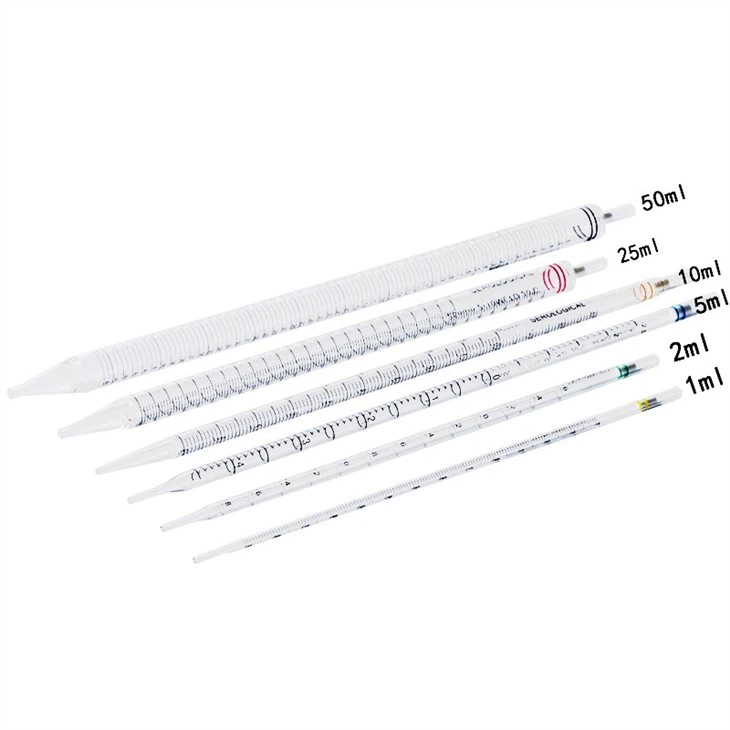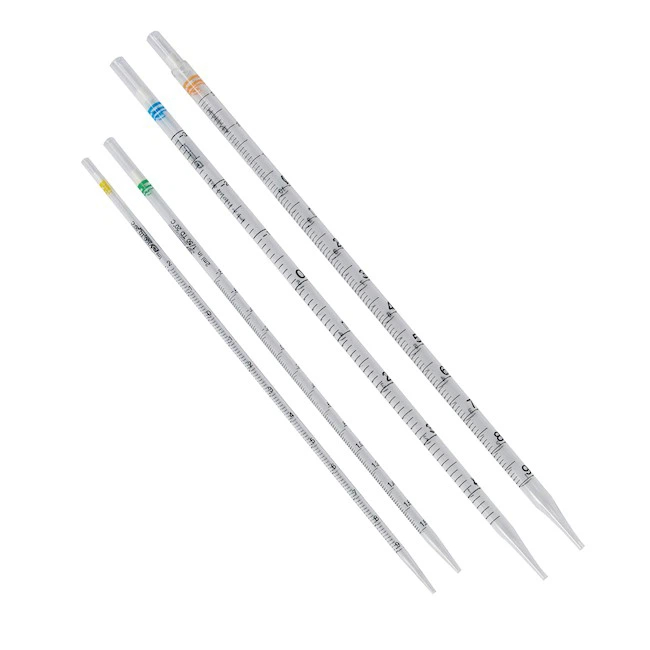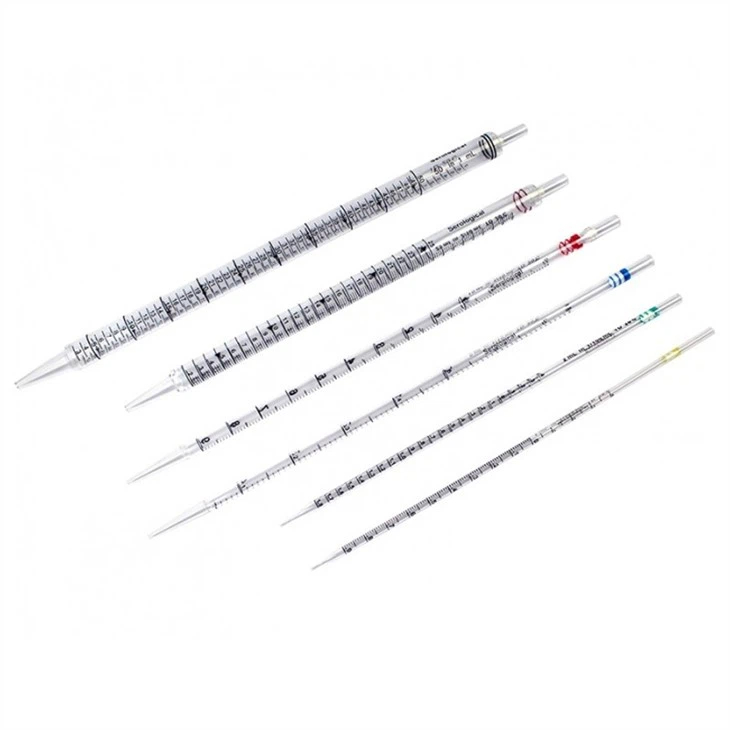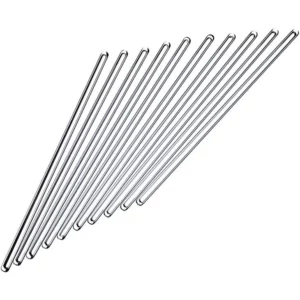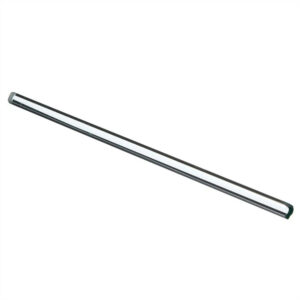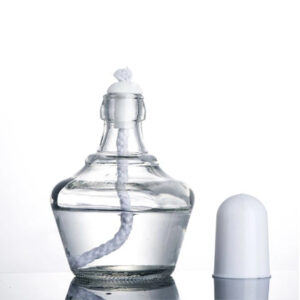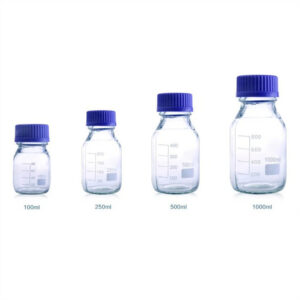Description
Introduction:
Graduated straws are glass measuring instruments commonly used in laboratories, usually made of soda-lime glass. A complete straw should have a graduation line, nominal capacity, type mark, standard temperature (20°C), accuracy level, trademark or factory name tag! There are eleven different sizes. The values of the graduation line and quantity should be clear, complete and durable, and the specific requirements should conform to the current national standards.
Quantity out and in measure. Measuring out type – used to measure the volume of liquid discharged from the measuring device, the symbol is “Ex” Measuring type – used to measure the volume of the liquid injected into the measuring device (the inner wall is dry), the symbol is “In” Accuracy: Class A and Class B, the capacity tolerance of Class B is twice as large as that of Class A.
Feature:
1. Color:Transparent clear
2. Material: Boro glass
3. Packing:120pcs/ctn.96pcs/ctn.48pcs/ctn.24pcs/ctn.12pcs/ctn
4. Application:Laboratory filtration


Name: Ring-marked graduated pipette,
Item number: 1630, 1630A
Specification capacity: 0.1ml, 0.2ml, 0.5ml, 1ml, 2ml, 5ml, 10ml, 15ml, 20ml, 25ml, 50ml
Classification of use: measuring type – used to measure the volume of liquid discharged from the measuring device, the symbol is “Ex”
Measuring type – used to measure the volume of the liquid injected into the measuring device (the inner wall is dry), the symbol is “In”
Accuracy: Class A and Class B, Class B has twice the capacity tolerance than Class A.
Principle: Squeeze the rubber head to generate negative pressure on the straw to suck in the liquid
Instructions:
The graduated straw is a precision liquid measuring instrument. Pay attention to the following points when using:
1. Before use:
① Observe whether the straw is damaged or stained.
② Observe the specifications of the straw: The specifications of the straw used should be equal to or approximately equal to the volume of the solution to be sucked.
③ Observe whether there is the word “blow”: if there is, it means that the scale reaches the tip, and the solution at the tip needs to be blown out after the liquid is discharged, otherwise it will not be blown.
2. Grip: Thumb and middle finger hold the straw, and index finger is free.
3. Take the liquid: ① Vertically enter the liquid
The upper end ⑥ the graduated straw lifts off the liquid surface ⑦ observes that there is no air bubbles in the liquid ⑧ filter paper to wipe the tube wall.
4. Dispense the liquid to the scale: ① The scale pipette is vertical ② The right eye is parallel to the scale line ③ Gently loosen the index finger (turn the scale pipette) to slowly lower the liquid level until the lowest point is tangent to the scale line.
5. Put the liquid into the container: ①The graduated straw is vertical ②The container is tilted at 45℃ ③The solution flows into the container naturally, pay attention to blowing or not blowing.
6. A straw only absorbs one reagent, and immediately immerses it in water after use
Reading method:
1. Keep the pipette vertical during aspiration and reading.
2. When reading, keep the liquid level in a horizontal line with the eyes.
3. The liquid will form a concave surface due to surface tension in the straw. When reading, take the number of the bottom of the concave surface.
value.

